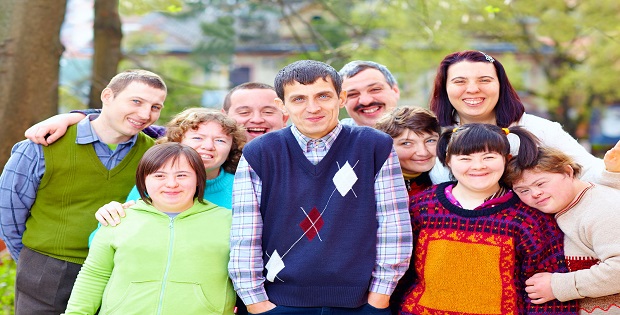Down Syndrome, what is it?

What is Down Syndrome?
Today, it is no longer uncommon to find someone who has Down Syndrome. It is a condition with no definite cure, which is why individuals need to know more about the nature, risks and symptoms very well. Learning about the features and the syndrome itself can help you stay ahead and prevent complications. Here are the characteristics.
Defining Down Syndrome
Down syndrome or Down’s syndrome is also known as trisomy 21. It is a chromosomal disorder triggered by the presence of a portion or the entire extra 21st chromosome. The condition is named after John Langdon Down, a British doctor who described the syndrome back in 1866. The disorder was known as chromosome 21 trisomy by Jerome Lejeune in 1959. A mixture of major and minor structural differences characterizes the condition.
To further explain, individuals with Downs have 47 chromosomes instead of the usual 46. It is the most frequently occurring chromosomal disorder. To further explain this process, DSASTX shared that the human body is made of cells. All cells contain a center, called a nucleus, in which genes are stored. Genes, which carry the codes responsible for all our inherited characteristics, are grouped along rod-like structures called chromosomes. Normally, the nucleus of each cell contains 23 pairs of chromosomes, half of which are inherited from each parent. Downs occur when some or all of a person’s cells have an extra full or partial copy of chromosome 21.
Cause
The cause of the extra full or partial chromosome is still unknown. NADS shared that although Downs is usually caused by an error in cell division called nondisjunction. It is not known why this occurs. However, it is known that the error occurs at conception and is not related to anything the mother did during pregnancy. It has been known for some time that the incidence of Downs increase with advancing maternal age. However, 80% of children with Downs are born to women under 35 years of age. DSASTX expressed that Once a woman has given birth to a baby with Down syndrome, the chance of having a second child with Down syndrome is about 1 in 100, although age may also be a factor.
Down syndrome is not related to race, nationality, religion or socioeconomic status. It occurs in one in every 691 babies in the United States or around 6,000 births per year. There is always a risk for parents to bear a child with Down syndrome, so early screening, diagnosis and prenatal care are essential.
In closing, remember to share this post on social media and read more related articles.
Sources:
Down Syndrome Association of South Texas. http://www.dsastx.org/resources/facts-about-down-syndrome Accessed February 2, 2016
National Down Syndrome Congress. “What Is Down Syndrome?” National Down Syndrome Congress. Accessed February 2, 2016.
National Down Syndrome Society. “Down Syndrome Facts.” National Down Syndrome Society. http://www.ndss.org/Down-Syndrome/Myths-Truths/ Accessed February 2, 2016










